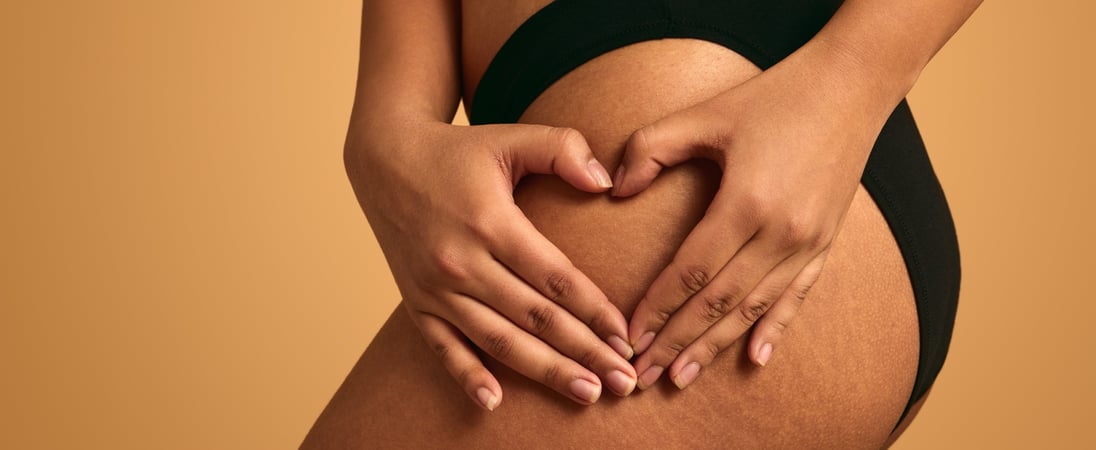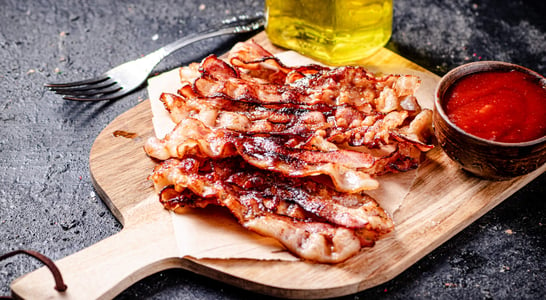
National Cellulite Day
National Cellulite Day celebrates body positivity by encouraging women to embrace their bodies, cellulite and all.
This day aims to dismantle the stigma that cellulite is something to be ashamed of. Since nearly 90% of women experience cellulite at some point, this condition is far more common than many realize.
The day highlights that cellulite is simply a natural part of how the body stores fat beneath the skin. Through this day, people are encouraged to view cellulite not as a flaw but as a normal aspect of being human.
This special day goes beyond surface beauty, promoting self-love and acceptance. Many messages shared during National Cellulite Day work to counter negative body-image myths.
The event also challenges marketing that tells women they need to “fix” their bodies. Instead, it champions the idea that everybody is beautiful, regardless of their shape or texture. It’s a powerful reminder for women to appreciate their bodies, no matter what societal standards say.
How to Celebrate National Cellulite Day
Pamper Yourself with a DIY Spa Day
Get cozy at home and turn your bathroom into a mini spa. Relax in a warm bath filled with essential oils, then indulge in a DIY body scrub.
Use ingredients like coffee grounds or sugar to exfoliate and show your skin some love. It’s a fun way to unwind and refresh while appreciating your body.
Add candles, soft music, and a robe to complete the experience.
Start a Body-Positive Affirmation Jar
Why not fill a jar with positive notes about your body? Write down things you love about yourself and keep adding to it throughout the day.
Whenever you need a boost, pull one out and read it aloud. It’s a great way to shift your mindset and embrace self-love, especially when those insecurities try to creep in.
Host a Celebration with Friends
Gather a few friends and throw a “body love” party. Share stories, laugh about beauty myths, and maybe even swap skincare tips.
Encourage each other to feel confident in your own skin. Whether it’s an at-home get-together or a virtual hangout, it’s a fun way to spread positivity.
Try a Fun New Workout
Mix up your fitness routine by trying something that makes you feel strong and energized. Whether it’s yoga, dancing, or a brisk walk, pick an activity that feels joyful.
Moving your body in ways that feel good helps shift focus from appearance to feeling powerful and healthy.
Treat Yourself to Something You Love
Buy yourself an outfit or accessory that makes you feel great. There is no need for a special occasion—today is all about appreciating yourself.
Pick something bold and fun or just super comfortable—whatever makes you smile when you look in the mirror.
History of National Cellulite Day
National Cellulite Day began in 2019. Its creation aimed to change how people think about cellulite. Instead of viewing it as a flaw, the day was designed to help women embrace their bodies.
The idea was launched by body-positive advocates who wanted to break beauty standards and celebrate all shapes and sizes.
Cellulite is a natural part of many women’s lives, but it’s often treated like something to hide. The founders of National Cellulite Day wanted to change that mindset.
They chose this day to empower women and spread messages of self-love. It quickly gained attention on social media and became a day of acceptance.
Before this day existed, cellulite was often discussed in negative terms. The organizers of this day wanted to show that beauty isn’t about having smooth skin.
They encouraged people to challenge the myths around body image. Since then, National Cellulite Day has grown into a celebration that spreads positive messages worldwide.
This event isn’t just about cellulite; it’s about loving your body, no matter what it looks like. The founders believed that everyone should feel confident in their skin. This day continues to inspire women to reject unrealistic beauty standards and appreciate their unique beauty.
Since its start, National Cellulite Day has become a yearly reminder that everybody is beautiful. It helps counter marketing that tries to “fix” something that isn’t broken. The day focuses on spreading body acceptance and celebrating all bodies as they are.
National Cellulite Day FAQs
Did the concept of cellulite exist in ancient beauty ideals?
Yes, cellulite has existed throughout history, though it wasn’t stigmatized.
Ancient art often celebrated natural bodies, including features like cellulite, as symbols of health and fertility.
For example, Venus figurines from prehistoric times depict fuller figures with realistic body features.
Why is cellulite more common in women?
Women’s connective tissue forms a honeycomb structure, making fat deposits more visible.
Men typically have crisscrossed connective tissue, which hides these deposits better. Hormones like estrogen also play a role in fat distribution, adding to the difference.
Are there any foods that might reduce cellulite appearance?
Foods rich in antioxidants and water content, like cucumbers and berries, may improve skin elasticity and reduce inflammation.
Hydrating fruits, such as watermelon, can help flush toxins. While no food erases cellulite, a balanced diet supports healthier skin.
What are some fun, quirky ways people celebrate body positivity?
In Brazil, “Beach Body” challenges encourage people to hit the beach confidently, cellulite and all.
Social media movements like #CelluliteSaturday spotlight personal stories with humor. In some countries, people organize body-positive photo shoots to embrace natural beauty.
Is cellulite a modern beauty concern?
Not really! The word “cellulite” was popularized in 1968 by a French magazine to market beauty treatments.
Before that, it wasn’t even considered a flaw. Advertising trends, not biology, created the stigma.
Can exercise completely remove cellulite?
Exercise can reduce its visibility by toning muscles and burning fat, but it won’t eliminate it.
Activities like yoga, cycling, or squats can tighten the skin and improve circulation. However, cellulite is a natural part of the body, even for athletes.
What’s the role of genetics in cellulite?
Genetics strongly influence cellulite, determining factors like skin thickness and fat distribution. If your parents have cellulite, chances are you will too.
Lifestyle choices can help reduce its visibility, but genes play a big role in how it develops.
Are there cultures where cellulite is considered attractive?
In certain African and Polynesian cultures, fuller figures, including cellulite, are seen as symbols of health and prosperity.
Historical art and folklore from these regions often celebrate women with natural, curvier body shapes.
Does cellulite appear differently across skin tones?
Cellulite is less noticeable on darker skin tones due to natural pigmentation, which can mask shadows and dimpling. However, it’s equally common across all ethnicities.
Variations in how it looks depend on skin texture and thickness.
Why does cellulite become more visible with age?
As we age, collagen production decreases, and skin loses elasticity. This makes fat deposits more pronounced, causing cellulite to appear deeper.
Hormonal changes, especially during menopause, can also worsen its visibility.
Also on ...
View all holidaysInternational Bacon Day
Crispy, savory strips that make breakfast extra awesome. It's like a delicious high-five for your taste buds!
National Cheese Pizza Day
When it comes to satisfying your pizza cravings, nothing hits the spot quite like a warm, gooey slice of cheesy goodness.
World Beard Day
A distinguishing feature of masculinity, beards can offer a sense of ruggedness or refinement depending on the style.
International Day of Charity
Any charitable donation, big or small, money or time, can go a long way to helping solve some of the world’s worst problems, such as child hunger or the environment.
We think you may also like...
Women’s Healthy Weight Day
Celebrate self-love and embrace the beauty within. Rock your unique style, radiate confidence, and dance to your own fabulous beat!
International Kissing Day
Whether it’s a peck on the cheek for a good friend or a big, romantic smooch for your significant other, shower your loved ones in kisses on Kissing Day.
Age Without Apology Month
Embrace every laugh line and silver strand as a testament to a life well-lived. Aging gracefully means radiating confidence!







